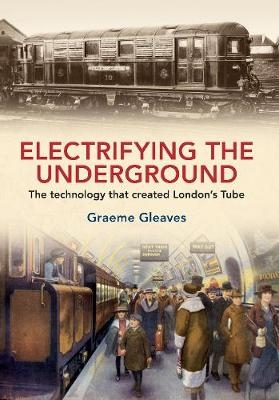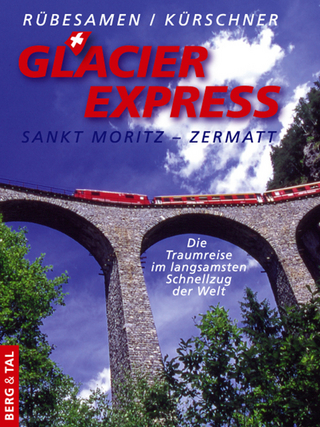
Electrifying the Underground
The Technology That Created London's Tube
Seiten
2014
Amberley Publishing (Verlag)
978-1-4456-2203-3 (ISBN)
Amberley Publishing (Verlag)
978-1-4456-2203-3 (ISBN)
The arrival of electric traction transformed London's fledgling underground system from a limited number of sub-surface lines into the network of deep-level tunnels we know today.
It was a public transport revolution. London had led the world in the development of a subterranean railway system. The first sub-surface lines, constructed by the cut-and-cover method, were operated with steam locomotives. In theory the tunnels and stations were ventilated into the outside air, but in practice they became dingy, miserable, smoke-filled spaces. As one early traveller recorded in his journal, 'I had my first taste of Hades today ...the atmosphere was a mixture of sulphur, coal dust and foul fumes'. The railway companies desperately needed to clean up their act. It was only with the arrival of exhaust-free electric traction - combined with improvements to the tunnelling shield, pioneered by Sir Marc Brunel - that the engineers were able to tunnel far deeper to create London's 'Tube' system. Graeme Gleaves traces the development of the Underground from the early years and through the introduction and development of the electrified system
It was a public transport revolution. London had led the world in the development of a subterranean railway system. The first sub-surface lines, constructed by the cut-and-cover method, were operated with steam locomotives. In theory the tunnels and stations were ventilated into the outside air, but in practice they became dingy, miserable, smoke-filled spaces. As one early traveller recorded in his journal, 'I had my first taste of Hades today ...the atmosphere was a mixture of sulphur, coal dust and foul fumes'. The railway companies desperately needed to clean up their act. It was only with the arrival of exhaust-free electric traction - combined with improvements to the tunnelling shield, pioneered by Sir Marc Brunel - that the engineers were able to tunnel far deeper to create London's 'Tube' system. Graeme Gleaves traces the development of the Underground from the early years and through the introduction and development of the electrified system
Graeme Gleaves is an authority on electric railways. Having worked in the rail industry for twenty-seven years he has written articles for railway magazines and specialist journals. He is former the editor of the Suburban Electric Railway Association's magazine and a driving force behind the Electric Railway Museum.
| Erscheint lt. Verlag | 15.2.2014 |
|---|---|
| Zusatzinfo | 140 Illustrations |
| Verlagsort | Chalford |
| Sprache | englisch |
| Maße | 165 x 234 mm |
| Gewicht | 311 g |
| Themenwelt | Natur / Technik ► Fahrzeuge / Flugzeuge / Schiffe ► Schienenfahrzeuge |
| ISBN-10 | 1-4456-2203-3 / 1445622033 |
| ISBN-13 | 978-1-4456-2203-3 / 9781445622033 |
| Zustand | Neuware |
| Haben Sie eine Frage zum Produkt? |
Mehr entdecken
aus dem Bereich
aus dem Bereich
die Rhätische Bahn schreibt Geschichte
Buch | Hardcover (2023)
Edition Somedia (Verlag)
59,00 €
St. Moritz – Zermatt : die Traumreise im langsamsten Schnellzug der …
Buch | Hardcover (2023)
Verlag Berg & Tal
14,95 €
Betriebsmaschinendienst, Einsatz bei den Bahnbetriebswerken und …
Buch | Hardcover (2024)
EK-Verlag
54,00 €


